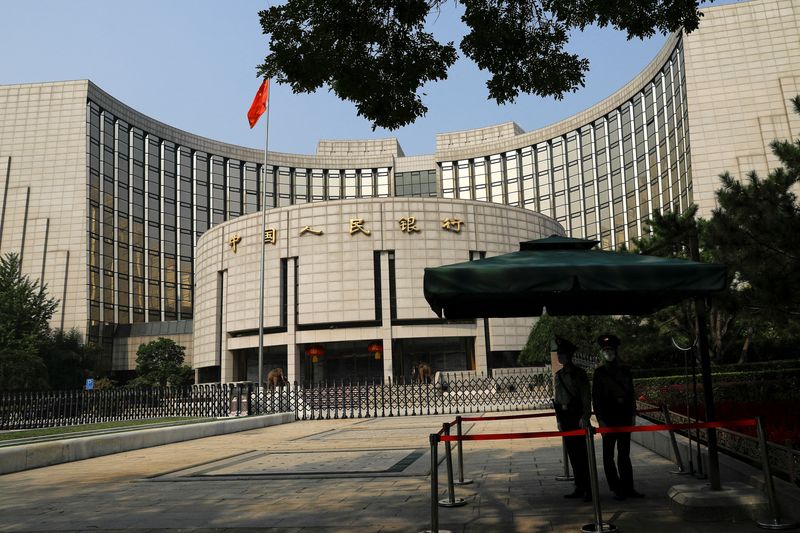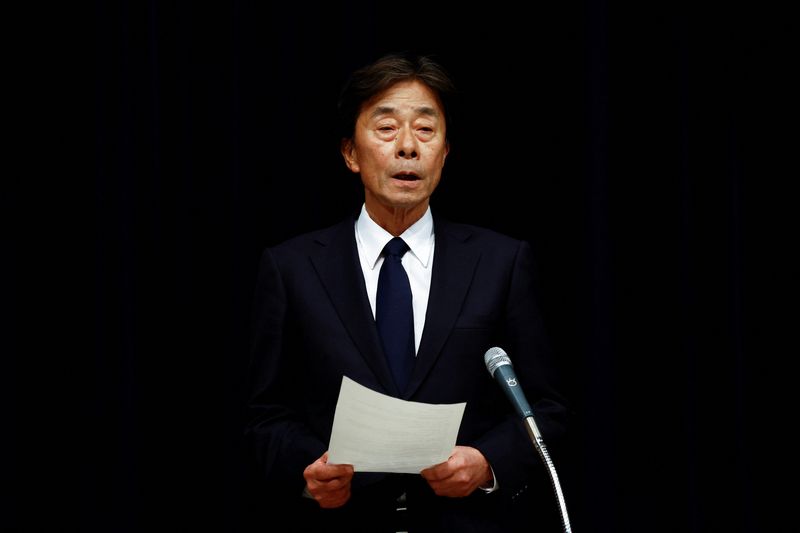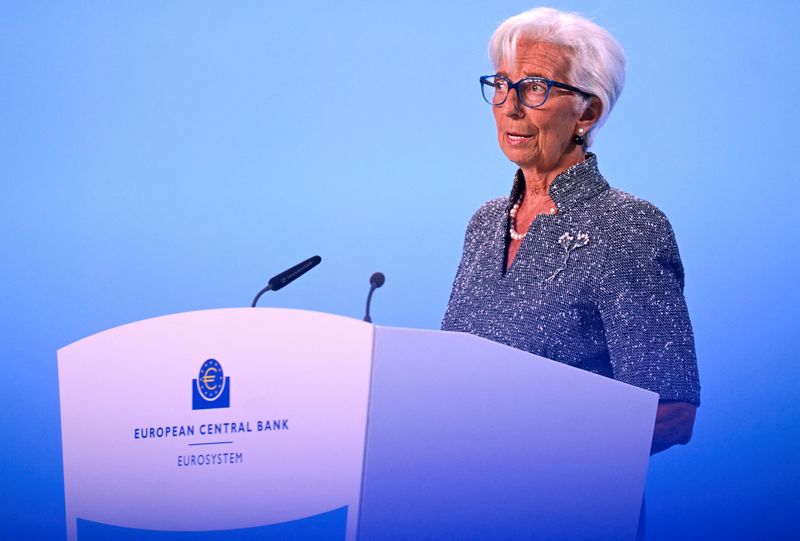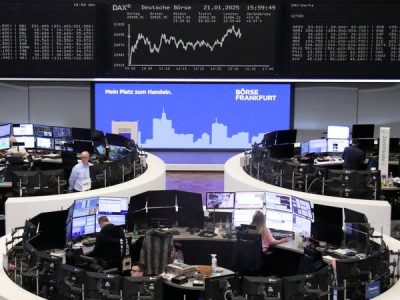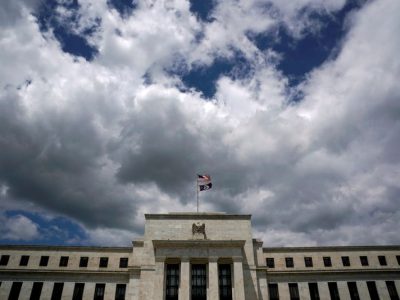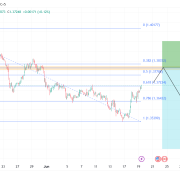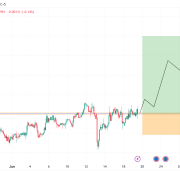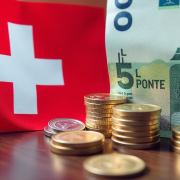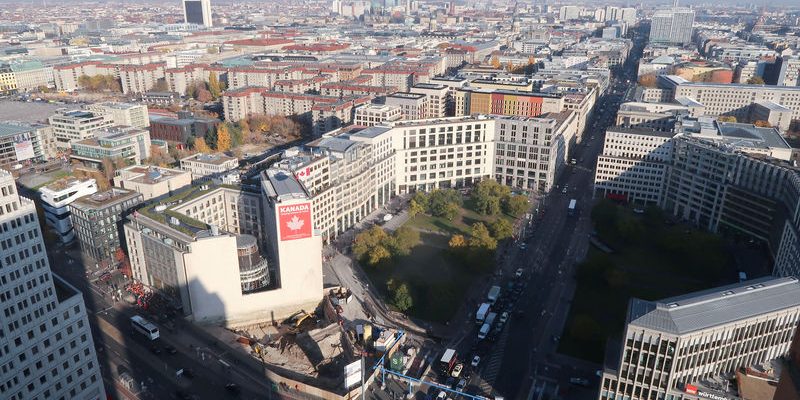
Investing.com – The Eurozone is set to see a weak start to 2025 after likely stagnating at the end of last year, according to analysts at Barclays (LON:BARC).
In a note to clients, the analysts led by Silvia Ardagna flagged “no signs of recovery” in the currency area’s manufacturing sector in December, with traditional powerhouse Germany in particular showing “significant” sluggishness, while surveys also indicated a decline in confidence among both businesses and consumers.
The analysts added they do not expect this pattern to reverse itself in the short term due to “rising uncertainty and cumuluative signs of building slack in the labor market.”
Following “modestly positive but lackluster” growth in the final three months of 2024 — estimated at 0.2% quarter-on-quarter — the analysts projected real gross domestic product expansion at an equal rate in the first quarter this year, “mainly driven by a temporary rebound in exports” before the imposition of potential tariffs by US President-elect Donald Trump.
Meanwhile, a “notable deceleration” in year-over-year services price growth in the Eurozone is tipped to contribute to “sequential disinflation” in January, the analysts said. Consumer prices, harmonized across the Eurozone, are then seen falling below the European Central Bank’s 2% medium-term target “for most of our forecast horizon”, the analysts added.
As a result, the ECB is expected to roll out a series of 25-basis point cuts to interest rates until June, followed by two more reductions in September and December, the analysts predicted. They see the ECB’s terminal deposit rate at 1.5% by the end of 2025.
“Ultimately, we think a more accommodative policy stance than currently priced in financial markets will prevail if our growth and inflation forecasts materialise,” the analysts said.
Speaking to an Austrian newspaper on Monday, ECB Chief Economist Philip Lane said the central bank can ease policy further this year but must find a middle ground that neither induces a recession nor causes an undue delay in curbing inflation. The ECB cut interest rates four times last year and markets see another four steps in 2025.
“If interest rates fall too quickly, it will be difficult to bring services inflation under control,” Der Standard quoted Lane as saying. “But we also don’t want rates to remain too high for too long, because that would weaken the inflation momentum in such a way that the disinflation process would not stop at 2% but inflation could materially fall below target,” Lane added.
The comments came as investors have begun to doubt whether the Federal Reserve will slash rates in 2025 after having lowered borrowing costs by a full percentage point last year. Fed officials have said they will take a “careful” approach to further cuts because of uncertainty around Trump’s trade policies, while a strong US jobs report last week has further dampened bets for drawdowns this year.


